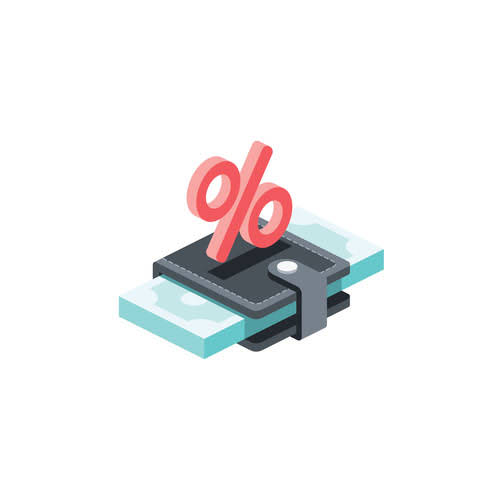Content

All borrowing creates a liability, including using a credit card. Long-term liabilities are vital for determining your business’s long-term solvency, or ability to meet long-term financial obligations. Your organization would fall into a solvency crisis if you are unable to pay the long-term liabilities when they are due.

When you leave a comment on this article, please note that if approved, it will be publicly available and visible at the bottom of the article on this blog. For more information on how Sage uses and looks after your personal data and the data protection rights you have, please read our Privacy Policy. Running a business can be challenging and some of the main issues are the amount of jargon you need to understand and administrative work that drains your productivity. Download our guide to learn how to effectively boost your productivity as a small business owner.
Subscribe to our Sage Advice Newsletter
Most business owners have a basic understanding of how much their business owns and what it owes other people. In other words, they are aware of their basic assets (like their bank balance, inventory, and equipment) and liabilities (like account payables, loans, and debts). People have liabilities, as do most investment entities such as funds, partnerships, and corporations.

In contrast, the wine supplier considers the money it is owed to be an asset. Although average debt ratios vary widely by industry, if you have a debt ratio of 40% or lower, you’re probably in the clear. If you have a debt ratio of 60% or higher, investors and lenders might see that as a sign that your business has too much debt. What is considered an acceptable ratio of equity to liabilities is heavily dependent on the particular company and the industry it operates in.
What Is a Contingent Liability?
They can include a future service owed to others (short- or long-term borrowing from banks, individuals, or other entities) or a previous transaction that has created an unsettled obligation. The most common liabilities are usually the largest like accounts payable and bonds payable. Most companies will have these two line items on their balance sheet, as they are part of ongoing current and long-term operations.
You’ll list all the assets on the left side and your liabilities on the right. Correctly listing your assets and liabilities is a good bookkeeping practice. When you keep track of your assets and liabilities, https://accounting-services.net/accounting-services-and-bookkeeping-services-2/ you have a handle on your business’s financial health—and also won’t miss important payments. If you have an upcoming insurance premium or a tax payment, it’s considered a short-term liability.
Short-Term or Long-Term Liabilities?
If it goes up, that might mean your business is relying more and more on debts to grow. By far the most important equation in credit accounting is the debt ratio. It compares your total liabilities to your total assets to tell you how leveraged—or, Small Business Bookkeeping Services how burdened by debt—your business is. These are any outstanding bill payments, payables, taxes, unearned revenue, short-term loans or any other kind of short-term financial obligation that your business must pay back within the next 12 months.
Business owners should also review the balance sheet periodically to make sure liabilities are not growing faster than assets. You can prepare your own balance sheet, or use accounting software to generate a balance sheet automatically. Current assets are assets that the company expects to convert to cash within one year. There is some overlap between assets and liabilities because you can use a liability to purchase an asset. To fully understand the difference, take a look at some asset vs. liability examples. Current assets can be converted into cash quickly, typically under one year.

Recent Comments